Tags
Related Posts
Share This
DANCETERIA NYC PRESS
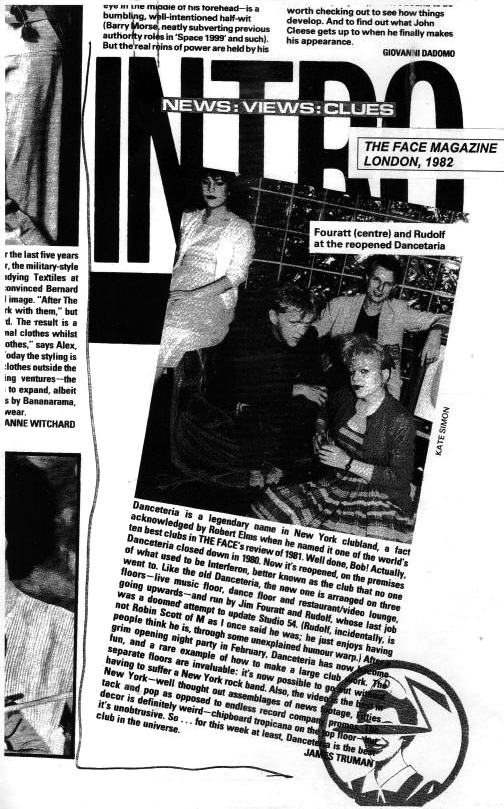
The Face, London 1982
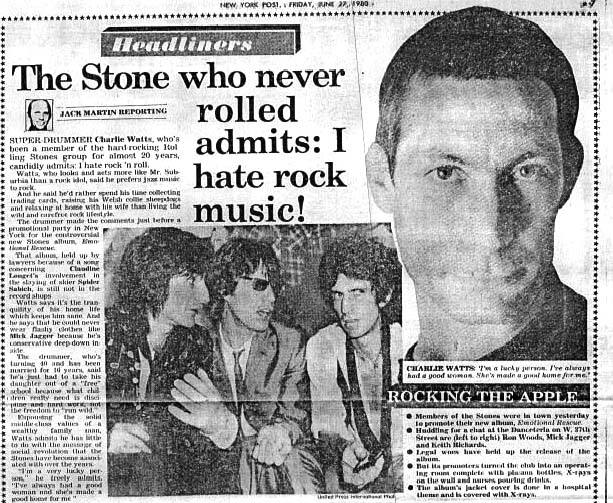
New York Post, 1980
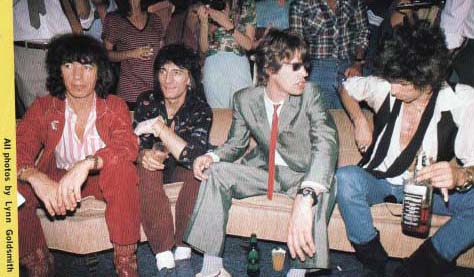
Japan Press, 1980
DANCETERIA: WHERE STUDIO 54 MET CBGB IN 1980S NEW YORK
Duke University Press Magazine, 27-9-16
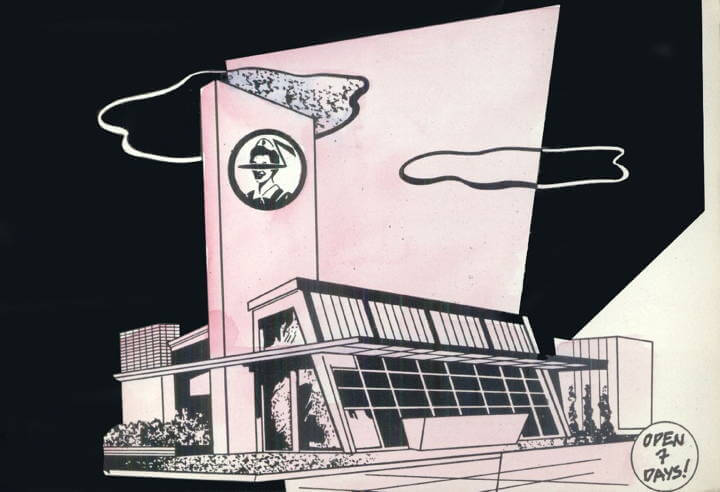
Tim Lawrence’s new book, ‘Life And Death On the New York Dance Floor, 1980-1983’, explores a particularly fertile period in American dance music. As disco’s stock continued to fall, a strange new party circuit emerged from the art-driven downtown scene to take its place. Few clubs embody this moment better than Danceteria, an upstart project that brought hip downtown-style post-modern irreverence to the dancing masses. This exclusive excerpt from the book, a chapter titled ‘Midtown Feels The Downtown Storm’, explains how it all came together—and then fell apart. BY TIM LAWRENCE
Danceteria sent shockwaves through the city’s party scene when it opened in May 1980, all the way down to the Mudd Club, where its owners had spent a fair amount of time hanging out. Dedicating the basement to DJing, the first floor to live bands and the second floor to video, the venue presented revelers with a novel element of choice—not because of the range of entertainment, but because all of the options were available at once. The shift to sensory overload was unmistakable as two bands appeared live every night, two DJs shared the turntables, and experimental filmmakers curated showings within a groundbreaking video lounge. In isolation, each floor oozed with the alternative inventiveness of downtown. Taken together, they offered a level of explorative creativity that threatened to dwarf the offerings of Club 57 and the Mudd Club. Yet in contrast to both of those spots, Danceteria was located not in downtown but midtown, toward the Eighth Avenue end of 37th Street, where commerce ruled the streets. With Jim Fouratt and Rudolf Piper at the helm, the mongrel explorations of the Lower Manhattan party scene were set to storm the city center. (…)
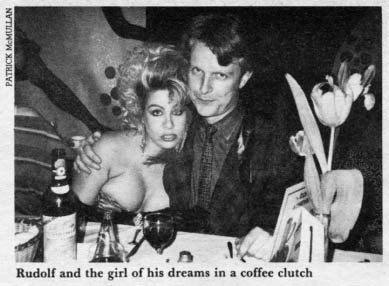
As for Fouratt’s soon-to-be business partner, the West German-raised Piper made his fortune working as a stockbroker and then running a restaurant business in Brazil before he decided to open a club in New York. (He was smoking a joint and enjoying the company of women on an Ipaneman beach at the time of the decision.) “There was Studio 54, which was the greatest in the world, and Xenon and Hurrah, but as a place, midtown was lame,” he concluded soon after arriving in the city. “Downtown there was just the Mudd Club, which was far too spartan in its amenities and didn’t have a good layout, and CBGB, which was this piece of aesthetic shit. I thought, ‘Man, somebody’s going to have to do more than this.’ ”
Piper headed to the Mudd Club on a near nightly basis all the same, in part because it was “intellectually rewarding without being boring,” in part because it was the “perfect place” to get to know the “downtown celebrities of the day,” in part because it was the “best place to pick up chicks” (whom he took back to his room in the Chelsea Hotel with such regularity that nightlife commentator Stephen Saban published a piece in the SoHo News about his activities titled “German Sexual Response”). As the queues on White Street lengthened, Piper concluded that it would be perfectly viable to open an alternative spot, especially if it offered the artist community a place where they could show their art. “I loved the Mudd and it motivated and inspired me,” he confirms. “Ultimately, and now it can be told, I wanted to do a club that would be better than the Mudd!” Steve Mass recalls that Piper virtually lived in the Mudd Club. “He was very friendly, charming and suave,” notes the owner. “He had this kind of European playboy presence. I didn’t know he was going to start a place of his own.”
Careful not to blab that he was, as far as he was aware, the wealthiest person living downtown, Piper had the power to “make things happen” and purchased a three-story building on Crosby Street in SoHo. He planned for “basement activity” in the basement, dancing on the first floor, and a gallery for local artists on the second, because the SoHo galleries “were never interested in the downtown scene,” only to face concerted opposition from artists and the community board to his plans. At that point Cassette introduced the hyper-articulate Fouratt to Piper on the basis that the ex-Hurrah promoter could talk the project out of trouble, and the three of them held brainstorming sessions in Fouratt’s office on Waverly Place, “where the whole concept came together,” recalls Piper. Fouratt made good progress until Piper’s building contractor threatened one of the protestors, after which negotiations broke down.
Naming his venue Pravda after he stumbled across the reference in File and Wet magazines, Piper opened all the same. “It was one of the most fabulous nights in the city,” the owner claims of the launch, which took place on Thursday, 8 November 1979 and featured a fashion show by Betsey Johnson. “Absolutely everybody in town was there. It was the beginning of this bizarre new style.” The party brought together Bauhaus, the iconography of David Bowie’s Heroes, Soviet aesthetics and postmodern irony. “There were a lot more fashion people, a lot more trendy people, a lot more uptown people than there were at the Mudd Club, and they were dressed in a new way,” recalls Leonard Abrams. “There were all these people who were meeting each other for the first time who were doing all these creative things. They were influenced by punk and were reinventing themselves, investing themselves for the first time in throwing out all these ideas. It created a big impression.” Chi Chi Valenti remembers the night captured the zeitgeist by being “almost Russian constructivist yet fetishy at the same time.” (…)
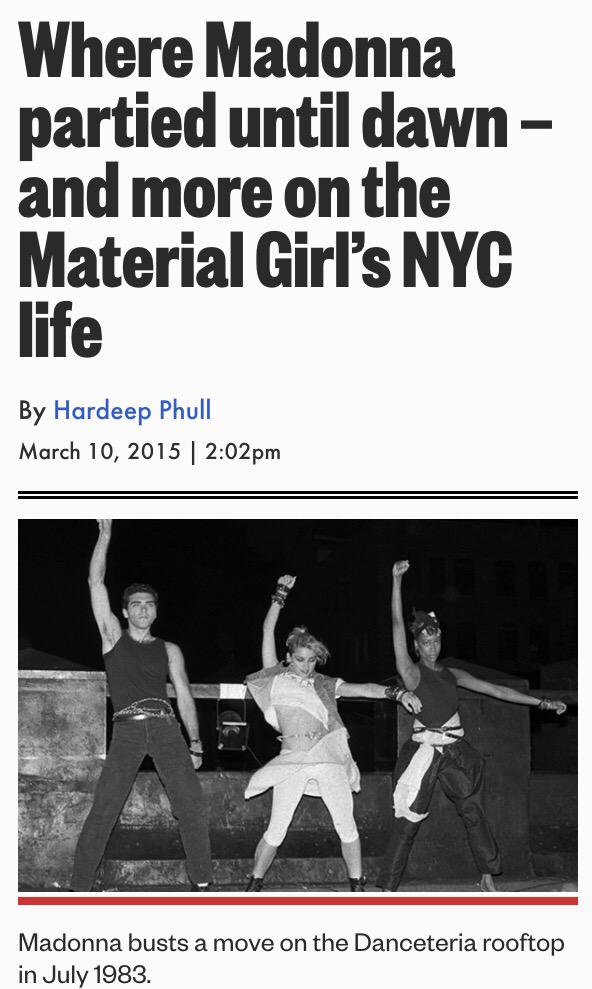
Where Madonna partied until dawn in 1980’s NYC
NEW YORK POST By Hardeep Phull March 10, 2015
Modal Trigger
Move over, Gaga, and take a hike, Taylor — the true Queen of Pop has returned for her crown.
This week, Madonna released her 13th album, “Rebel Heart,” and it finds her in a reflective mood. In particular, one song called “Veni Vedi Vici” references her early days scraping together rent while living on the Lower East Side before her rise to fame in the mid-’80s. More than 30 years later, the 56-year-old has certainly left her mark around Gotham — and the city is full of Madonna-related history. This is her New York.
The Roxy, formerly at 515 W. 18th St., and Danceteria, formerly at 30 W. 21st St.
Like so many wannabe stars in the 1980s, the Roxy and Danceteria were two places Madonna played to help hone her act. Legendary New York photographer Bob Gruenrecalls seeing her perform at both venues. “I first saw her play at the Roxy in 1983,” he tells The Post. “It was the style to wear a lot of belts back then, and she had six or seven of them that would fall down to her knees. She looked pretty awkward, but a few months later, she played on the roof of Danceteria. She had already gotten a lot better and this time, the show was packed.”
Funhouse, formerly at 526 W. 26th St.
When the Danceteria closed at 4 a.m., a favorite after-hours spot would be the Fun House, where the party would continue until daybreak. One of Madonna’s early club buddies was DJ Johnny Dynell. “Jellybean Benitez was the DJ, and Madonna was taking it all in,” remembers Dynell. “It sounds like a strange thing to say now, but she was the only woman I knew who would pick up and comment on a bass line or a beat, and it’s no accident that some of her early records sounded like the music that was played at the Funhouse.”
(…)
Bomba em forma de míssil assusta NY. Mas era só uma “cápsula do tempo” dos anos 80 06/07/2017 Reprodução/Twitter
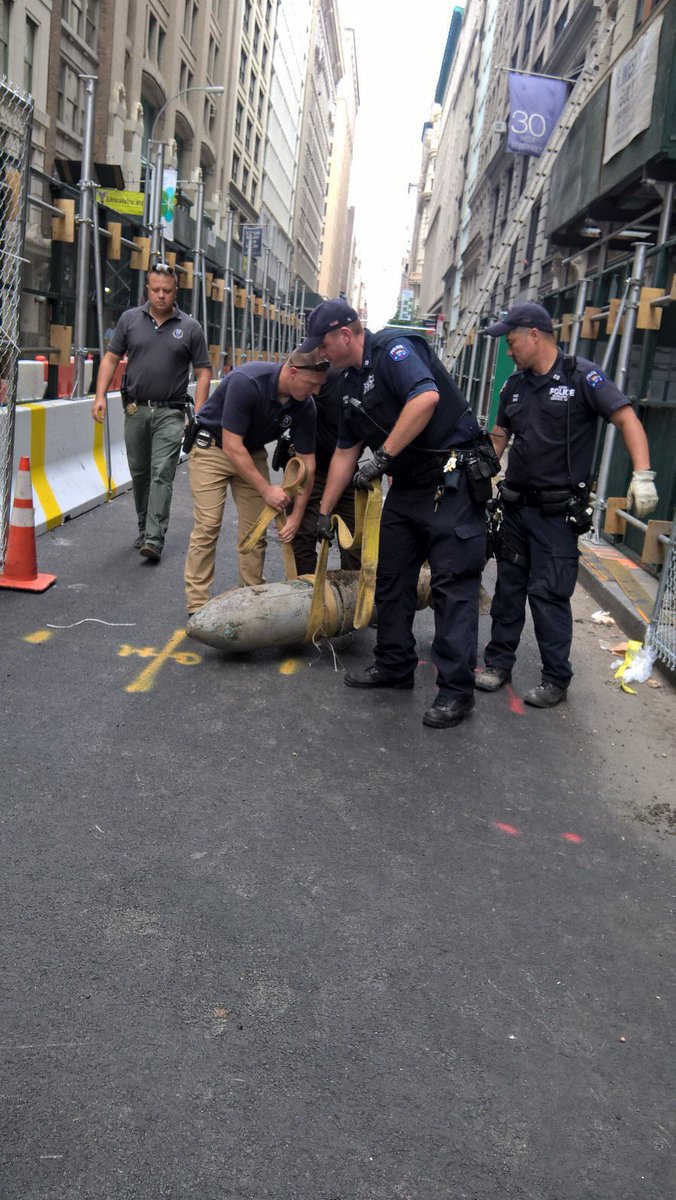
Construtores civis de Nova York nos EUA levaram um susto na última quarta-feira ao desenterrarem uma suposta bomba em Manhattan. No fim das contas, o artefato era uma “cápsula do tempo” e pertencia a uma antiga boate da cidade.
O Esquadrão Anti-Bombas de Nova York foi acionado e chegou a evacuar e bloquear a rua. Então veio a surpresa: o objeto que aparentava ser da época da Segunda Guerra Mundial, estava recheado com fotos e papéis da boate Danceteria, famosa nos anos 80 e onde a cantora Madonna começou a carreira, trabalhando na chapelaria.
Em entrevista à “New York Magazine”, o dono da casa John Argento revelou que o artefato era mesmo uma bomba da Segunda Guerra que ele havia comprado em uma loja do Exército e servia de decoração, pendurada no teto da boate. A ideia de transformar o objeto em uma cápsula do tempo veio de seu sócio Rudolf. “Foi um pretexto para termos duas festas. Nós faríamos uma festa para encher a cápsula e outra festa para enterrá-la”, conta.
A cápsula foi enterrada em 1985 em um lote de cascalho que servia como estacionamento e acabou sendo esquecida. Cerca de 10 anos atrás, Argento lembrou e tentou procurar pela “bomba”, mas um bloco de concreto havia sido colocado no suposto local para acomodar uma instalação de ar condicionado.
Argento deu o assunto por encerrado até receber a ligação do esquadrão anti-bombas na última quarta-feira. Infelizmente para o antigo dono da casa noturna, sua cápsula do tempo sofreu infiltração e a água estragou todas as fotos e documentos lá dentro.
@NYPDnews literally found a bomb on 21st street in NYC.
— Pierce Streiff (@heypiercey) 1:42 PM – 5 Jul 2017 · Manhattan
Flatiron Bomb Scare ‘Missile’ Was Probably Danceteria’s 1980s Time Capsule
BY JEN CHUNG IN ARTS & ENTERTAINMENT ON JUL 5, 2017
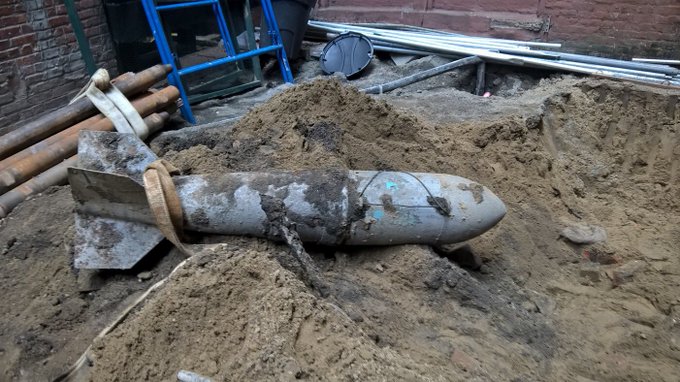
On Wednesday, a “suspicious package” prompted a brief evacuation in the Flatiron after what looked to be a vintage missile was spotted. Turns out, that missile was a time capsule, and it most likely belonged to the now shuttered Danceteria.
“I told everybody that this was going to happen!” John Argento exclaimed when we informed him about the bomb scare, which occurred at the address of the legendary club. “People always asked me what happened to the time capsule. I’d say it’s in the alley next to the back of Danceteria.”
“They weren’t supposed to open it for 10,000 years!” he added.
Argento, who owned the famous club until it closed in 1986, was amazed that the time capsule—the brainchild of Danceteria’s promoter and “creative genius” Rudolph Pieper—was unearthed.
“We threw so many ridiculous parties,” he said, explaining that they were always looking for themes. He and Pieper were looking at some mid-century, “Googie design”, and then, “We saw that Westinghouse had put time capsules at the World’s Fairgrounds in 1939 and 1964 and thought that was a great idea.”
“We bought it at the Army-Navy store on 14th Street and 6th Avenue” sometime around 1984 or 1985, he told us. “It was hanging from the ceiling,” he recalled. “We set it up on the third floor, by the big curved wall” that you can see the Desperately Seeking Susan, which helped immortalize the club, thanks to regular Madonna.
The missile wasn’t a real bomb, “It was a green, empty practice bomb. It had thinner metal… About three feet high and 16 inches in diameter,” Argento told us, explaining, “We kept it up for people to make contributions, write letters, and then three weeks later we buried it. The bomb had a little trap door on it. People could send messages to the future.”
The missile-turned-time capsule’s burial place was in what Argento described as a very narrow alley. “Two barbacks dug a trench and buried it in the dirt… we had a sign, ‘To all you Futurists, 10 feet opposite this sign is a time capsule. Please open it in 10,000 years.’
“We buried it and forgot about it,” Argento said. “It was one of a thousand parties…”
Argento, who is now the Managing Director of Surf City Bar and Zeppelin Hall and Biergarten, both in Jersey City, said that people would ask about the time capsule at Danceteria Reunion Parties, so he eventually asked the building’s super about it. “Apparently the business that moved in used an air conditioner, so they had to pour a concrete pad for the air-conditioning unit.” Argento assumed he’d never see it again.
The NYPD confirmed that the object found was in a shape that resembled a bomb. Inside the object were “documents and papers,” a police spokesman said.
The notes inside the bomb are “probably all rotted away,” Argento guessed.
As for the neighborhood, Argento said it was never called Flatiron back in the 1970s or 1980s—it was referred to as “FoHo,” for all the photographers and modeling agencies in the area. “It was mostly printing and manufacturing. After 5 p.m., it was completely dead. It was a time before co-ops and condos.” Of course, there are currently fancy lofts at 30 West 21st Street.





